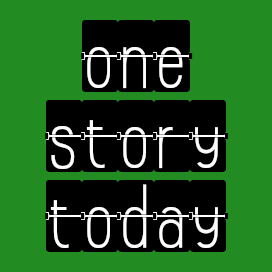What are the most popular podcasts of all time?
Well, there’s This American Life:
—static—
And the one that spun off This American Life, maybe the first podcast you ever listened to, Serial:
—static—
Or maybe you’re less of an NPR listener and prefer something a little edgier. Here’s the Joe Rogan Experience:
—static—
And The Ben Shapiro Show:
—static—
There’s one thing these podcasts have in common; they all sound like this:
—static—
to people without hearing.
These days, podcasts provide us with so much of our news, culture and entertainment. If we don’t make that content available to as many people as we possibly can, we’re unfairly leaving out huge chunks of the population.
That’s why we need to make our podcasts accessible. It shouldn’t surprise you to learn that audience segments who get left out are clamoring for access. It’s 2021! You’ve run out of excuses not to be as inclusive as you possibly can.
If you’re asking, “But what’s in it for me?”, that’s easy: more audience, more fans, more reach.
And it isn’t even that hard.
Provide a transcript.
This is an easy one for podcasts that have a script. It’s a short journey from what you write down to say on mic to a transcript that provides in visual form what some people can’t consume by listening.
If your show consists of completely unscripted dialogue, now’s the time to think about how to capture your podcast in text form. Or consider providing a video feed with subtitles. Text-to-speech applications or auto-subtitles are a great starting point and will save you a ton of time.
In either case, put transcripts into your production schedule early. You’ll be serving a woefully underserved demographic. And you’ll save your podcast from the sad fate of —static—
